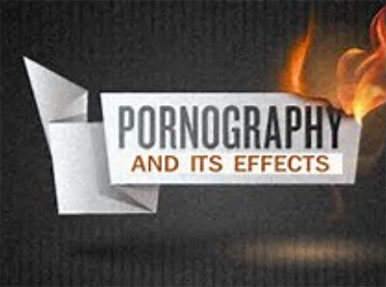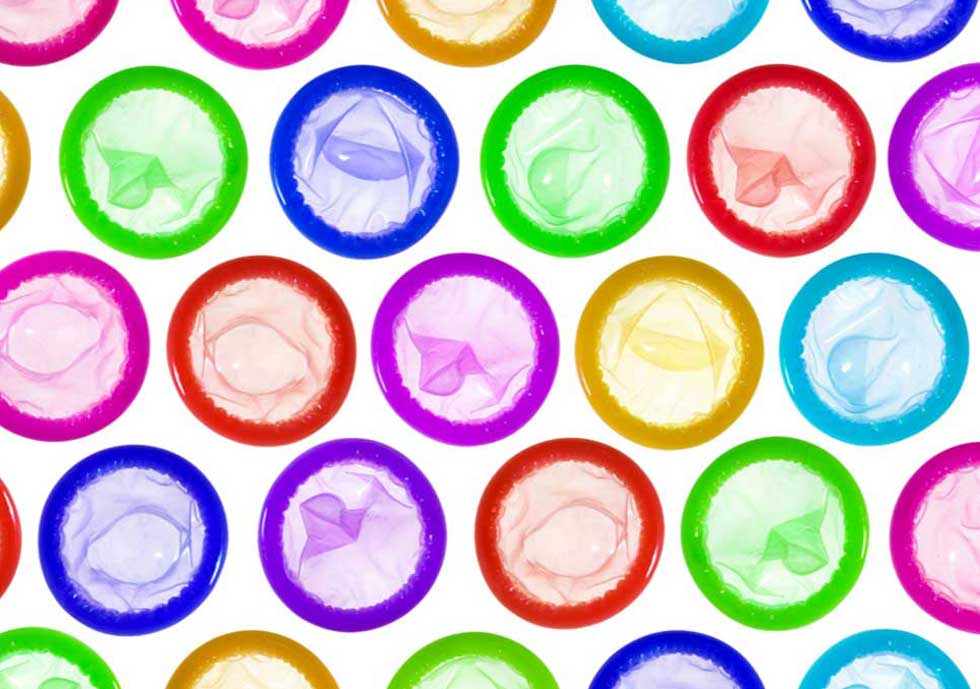Sexual Health Week 2018

"Let’s Talk About Sex – Pornography"

Each year the Dumfries and Galloway Sexual Health Awareness Week aims to encourage discussion about Sexual Health and Wellbeing with a particular focus on an emerging theme or issue of interest to partner organisations and the wider public. Pornography, the display of nudity or sexual activity intended for sexual arousal, has never been so accessible due to the advances of the internet and mobile technology. The aim of this year’s Sexual Health Awareness Week is to encourage discussions about the effects of pornography on health and wellbeing. Seven key themes (one for each day of the campaign) are identified and links to further reading are included for those who wish to find out more.
Porn and relationships
A report by Relate and Relationships Scotland found that almost half (47%) of relationship counsellors and therapists report seeing an increasing number of clients where pornography is causing a problem in their relationship.
The same survey found that some people viewed watching pornography alone without your partner as being unfaithful and posed the theory that increasingly unrealistic expectations fuelled by portrayals of sex in pornography might be leading to dissatisfaction with sexual relationships. Experts recently claimed that pornography is blamed for up to 70% of rocky marriages (up from 10% in the 90s).
Learning about sex through porn
Many people say that they use pornography to learn about sexual relationships. But pornography isn’t reality – the relationships portrayed in porn blur the lines between fantasy and reality. This results in many people thinking that sexual relationships should be conducted in the way they are in porn films.
Young people want to learn about pornography at school, through sex and relationships education, and 87% of parents also want lessons to address porn. However, pornography is not currently covered in many schools. Building the knowledge, skills and confidence of school staff to deliver effective Relationships, Sexual Health and Parenthood Education is a priority locally, and this includes encouraging discussions about pornography at an appropriate stage.
Porn and violence
Pornography, which is not aggressive, is available, but equally there is violence in porn as well. Research on best-selling pornographic videos where 302 scenes were analysed showed that 88% of them had physical aggression (e.g. spanking, gagging, slapping) and in 48% of these name-calling took place. The aggressors were mainly men and the people who suffered the violence were female who are portrayed to enjoy or accept this violence.
Research has also shown that women who experience domestic abuse are at more risk of sexual violence if their abusive husbands use pornography. Pornography is also part of the commercial sexual exploitation industry and is linked to the trafficking of women and girls for sexual exploitation; so sometimes the women who appear in porn videos are not just “actresses”.
Porn and body image
In porn films, men have large penises, minimal body hair and toned bodies. Women have little or no body hair, large, pert breasts, are pretty and tanned. All of this results in viewers feeling that the people they are watching are normal, which in turn impacts on their own body image. You can find out more here about women’s and men’s bodies in pornography.
Porn and the brain
Pornography use can have a similar effect on the brain to some substances including drugs. Studies have shown that porn stimulates the same areas of the brain as addictive drugs, making the brain release the same chemicals. As a result people can get trapped into a vicious circle where the brain is hijacked by porn.
Many neurological studies show evidence that the brain changes from internet pornography use. Scans have shown that even moderate use can cause grey matter to shrink in key areas needed for thinking and learning.
Revenge porn
So called ‘Revenge Porn’ refers to the uploading of sexually explicit material to humiliate or intimidate a partner who has broken off a relationship (Citron & Franks 2014). The Abusive Behaviour and Sexual Harm (Scotland) Act 2016 came into force in Scotland 3rd July 2017 and provides guidance on the issues and implications if found guilty of sharing photographs and films without consent. There have been two recent campaigns around revenge porn, one in Scotland ‘Not yours to share’ and one in England & Wales ‘Be Aware Before You Share’. Both campaigns have information and resources suitable for use with clients/service users.
Young people and porn
Every day children and young people are accessing mainstream pornography on the internet, including the most hardcore, violent and abusive images. The average age of first accessing pornography (accidently or deliberately) is 11 years and 1 in 3 children have viewed sexualised images online before the age of 10. The single largest group of Internet pornography consumers is children aged 12-17.
Evidence clearly shows pornography has a detrimental impact on children and young people including premature sexualisation, negative body image and unhealthy notions about relationships, which include a tendency to view women as objects and the acceptance of aggressive attitudes and behaviours as the norm.
For further information and support around the impacts of pornography, please click on the links above or visit www.womenssupportproject.co.uk/content/pornography/206,172/
